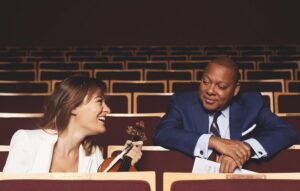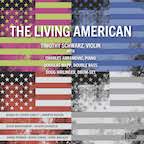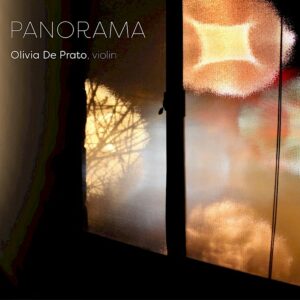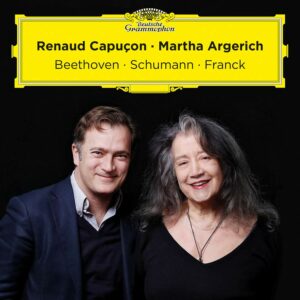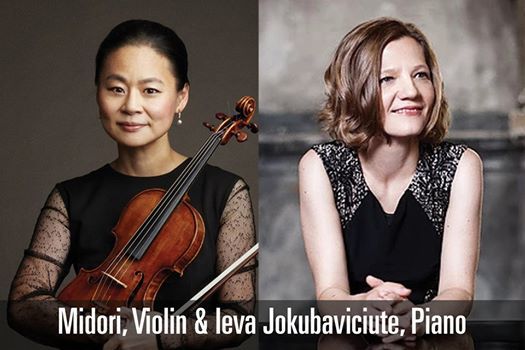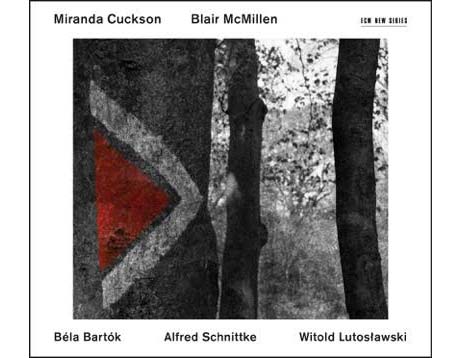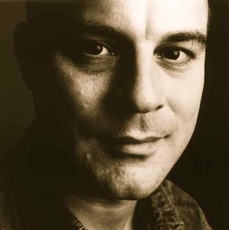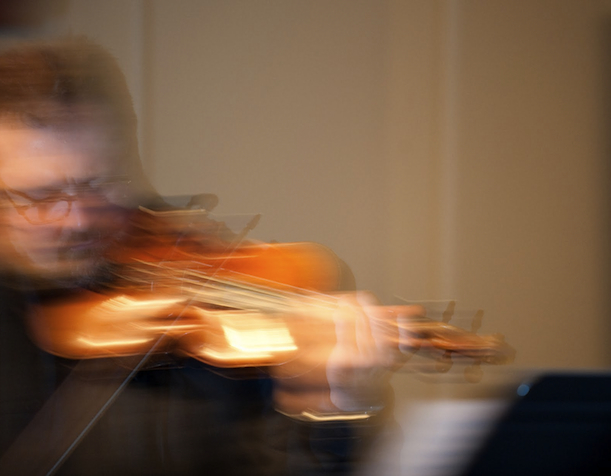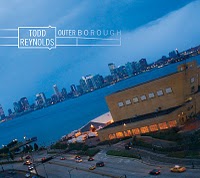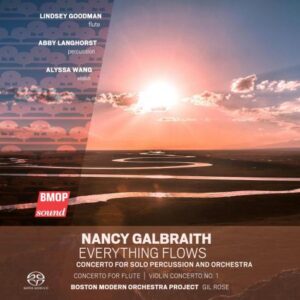
Nancy Galbraith
Everything Flows
BMOP Sound
Published by Sequenza 21
Nancy Galbraith has taught for a number of years at Carnegie Mellon University in Pittsburgh. During that time, she has created a body of compelling orchestral works. Colorfully scored and post-minimal in approach, Galbraith’s music has received prominent performances but been relatively underserved on recording. As a corrective, Boston Modern Orchestra Project, conducted by Gil Rose, has recorded for BMOPsound three of her concertos, all written in the past eight years.
Violin Concerto No. 1 (2017) was premiered by its soloist here, Alyssa Wang, with the Carnegie Mellon Contemporary Ensemble. In the liner notes, Galbraith says that the piece was waiting for a talent like Wang with whom to collaborate. While it is surprising that it took the composer this long to create a violin concerto – she has written well for strings in the past – the piece is an important one in her catalog, in which she explores an abiding interest – Asian music.
The first movement employs the sliding tone and rotating pentatonic scales found in Chinese music. Alongside it is a riff using the same scalar elements but with a blues scale cast. The soloist remains in the world of Asia, while the ensemble traverses the musical distance between Beijing and the Bayou, particularly in the piano part and the movement’s final cadence. There is even a snatch in the middle of a Gershwin-like sauntering dance. The second movement, subtitled “Eggshell White Night,” inhabits an impressionist sound world, the solo intermingling with flute, harp, and an exotic theme in the strings and brass. It underscores the connection between French music at the turn of the twentieth century and the incorporation of non-Western materials.
The last movement intersperses short arcing cadenzas and perpetual motion passages with another theme using five-note scales in the strings. As the piece progresses, harp, chimes, and wind chords are added to the mix. The violin soloist plays modal arpeggiations against polyrhythms in the orchestra, then a final cadenza, beginning slowly with double-stops and building to an emphatic flourish. The orchestra rejoins, presenting the theme against a final scalar passage that closes the piece in the stratosphere. Here as elsewhere, Wang does a superb job balancing virtuosity and expressivity, creating a thoughtful and ebullient reading of the concerto that befits its heterogeneous identity.
Lindsey Goodman is the soloist in Galbraith’s Concerto for Flute and Orchestra (2019). The opening sets up metric transformations and mixed meters in bongos and other drums, and Goodman soon enters with a syncopated solo that serves as the theme for the movement. Her tone, even in the highest portions of the melody, is rich and dynamically nuanced. Chords in the strings and mallet instruments accompany a second melody, bifurcated into oscillations and arpeggiations. Repeated notes move the piece into a brisk section completed by a cadenza with a series of special effects. The main theme returns to complete the movement.
The second movement features chimes and imitation between the strings and the flute solo. It is an elegant combination of exoticism and pastoral effect. Eventually, the flute is joined in a contrapuntal version of its solo and then a ground bass in the strings that lead into another cadenza passage, this one using standard techniques with off-kilter phrasing. The chimes, other pitched percussion, and a registrally dispersed version of the string chords accompany a denouement in the soloist and winds. The final movement is a moto perpetuo redolent of South Asian rhythms and melodic elements. Once again, the bongos provide a strong groove that is soon replicated rhythmically by the flute in flurries of arpeggios. The soloist remains in the foreground, with harp and pizzicato strings joining. The tempo downshifts a bit and a muscular passage of string melodies and overblown flute is accompanied by clangorous percussion. A final cadenza brings the music to a boil, with a racing tutti passage accompanying the flute playing fleet arpeggios and an altissimo octave leap to conclude.
Everything Flows: Concerto for Solo Percussion and Orchestra, is an ideal showcase for the talented percussionist Abby Langhorst. Syncopated, jazz-inflected riffs include an Aeolian theme that serves as a refrain between solo breaks and appears fragmented elsewhere. An electric guitar adds to the vernacular quality of the orchestration. The percussionist plays a number of non-pitched instruments, including a plethora of different-sized drums, woodblock, brake drums, and cymbals. They embellish the refrain rhythms by successively troping it and adding contrasting polyrhythms. The percussionist also gets their own chance to play the refrain in glockenspiel passages. There is an oasis in the midst of the work, with the soloist undertaking a lyrical melody on vibraphone. The departure from it slowly rebuilds from small solo passages in several of the winds and then a subdued major key ground that adds vibraphone, guitar, and double bass. As this floats away, the final theme is announced by quick lines on the marimba. This is a feint, as we return to the earlier ambience. A chiming solo passage, accompanied by alto flute and sustained strings, is belatedly succeeded by a return to the uptempo riff on woodblock and a fortissimo cadenza of toms, bass drum, and, finally, the entire fleet of drums at the soloist’s disposal. The main theme returns in an artful division into the various sections in swinging counterpoint. The soloist buoys the ensemble with the groove from his final cadenza, the piece ending in a fortissimo tutti.

Galbraith’s recent concertos are expert creations. Abetted by abundantly talented soloists and the skilful advocacy and playing of BMOP under Rose, this release is highly recommended.
-Christian Carey
